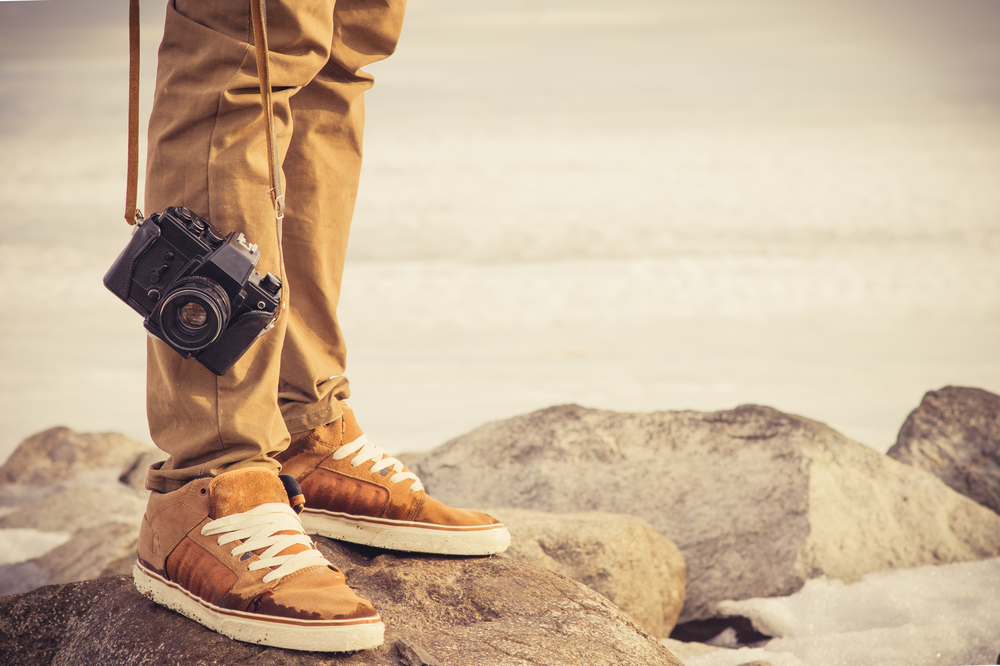Travel photography is an incredibly rewarding and engaging hobby, but it can also be challenging. Capturing stunning images of the places you visit requires skill and knowledge about composition, lighting, angles, and more.
Fortunately, with a few helpful tips, anyone can take their travel photography to the next level. From understanding how light works to mastering manual mode on your camera and even learning post-processing techniques for editing your photos afterward – there are many ways to improve your travel photography skills.
So, let’s look at the six tips you should consider for perfecting your travel photos.
The fundamentals of photography
Start by understanding how different camera features work together to create a photograph and learn how light affects composition. Knowing how to control shutter speed, aperture, and ISO will help you take better images in any setting.
Also, pay close attention to how shadows and highlights impact your photo. If you want to maximize detail and clarity, you should always look for ways to avoid overexposing your photos.
Additionally, make sure that you know the fundamentals of composition – learn what works and what doesn’t when it comes to creating a visually appealing image. For instance, the rule of thirds tells you how to divide your image into nine equal sections, and where key elements should be placed to create a balanced composition.
Choosing the scenery
When it comes to travel photography, the scenery you select is of utmost importance. Make sure that you choose a location that has interesting elements and colors – this will help ensure that your photos look visually appealing.
If you’re traveling to San Diego, for instance, why not get up close and personal with the colorful murals in Little Italy or the iconic Balboa Park? Or research the five best places to stay in San Diego to get an idea of what the city has to offer. Whether you’re doing street photography or capturing nature scenes, always make sure to pick a setting that can be easily captured in the frame.
Lighting and angles
Lighting plays an important role in photography, so make sure that you understand how to use it to your advantage. Depending on the type of image you’re trying to capture, different lighting techniques will work better than others. For instance, if you want to take a portrait of someone in a cityscape, you should use the golden hour – when the light is softer and warmer – to create a truly unique image.
Also, don’t forget about the importance of angles – some shots look best from a low angle, while others work better when taken from a high vantage point.
Utilizing manual mode
When you’re traveling, it’s always best to use your camera in manual mode since it lets you control how the camera works, which can drastically improve your photos. You can adjust the shutter speed, aperture, and ISO — all of which affect exposure — as well as the white balance, which helps you capture accurate colors in different lighting conditions.
On the other hand, if you’re not comfortable shooting in manual mode yet, you can use semi-automatic modes such as aperture priority and shutter priority. This will allow you to control one aspect of the exposure while the camera takes care of the other.
Editing your photos
Post-processing is a crucial step when it comes to travel photography – it helps to enhance your images and make them look more professional. There are many software programs available that let you adjust brightness, contrast, and other elements of an image.
You can use different filters to add a distinct look and feel to your photos. For instance, you can add a vignette effect to darken the edges of your image or apply a softening filter to soften the details and give your photo a dreamy look.
Experimenting with techniques
Finally, the best way to improve your travel photography skills is to keep experimenting with different techniques. Try out new angles and lighting scenarios, or experiment with long exposure shots – the possibilities are endless!
You can also challenge yourself by picking up a new accessory, such as a telephoto lens or an ND filter, and practice taking shots with it.
Finally, don’t forget to enjoy the experience – take a break and soak up the scenery around you.
Travel photography is a great way to capture the beauty of the world and inspire your audience. With these six tips in mind – composition fundamentals, choosing scenery wisely, understanding lighting and angles, utilizing manual mode on your camera, post-processing images for better results, and experimenting with different techniques – you can now start creating stunning travel photos that make people feel like they’re there experiencing it all themselves!



